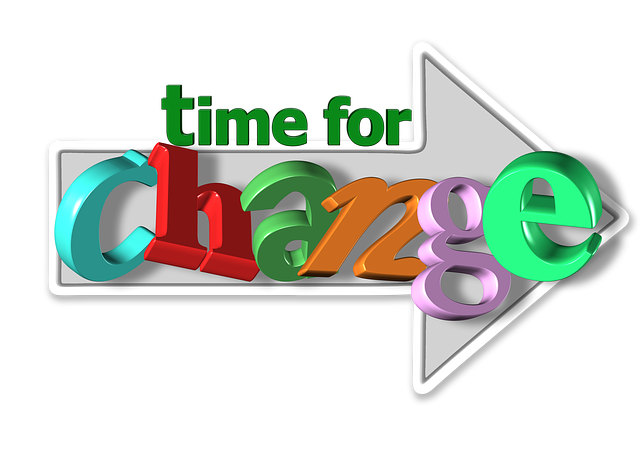
Image source: Gerd Altmann via Pixabay
Earned media, long the mainstay of public relations, is rapidly evolving and dwindling in importance, changing the nature of public relations. While many PR leaders defend the value of earned media, others argue PR must adapt to inevitable trends.
Asked what communications strategies would be most valuable to their companies in the future, CEOs cited social media and online influencers, also called shared media, (38%) and owned media 36%, according to the 2019 USC Annenberg Global Communications Report. Far fewer (14%) ranked earned media high.
The decline in earned media puts financial pressure on agencies, who rely on the strategy for large piece of their income. Agencies predict that shared, paid and owned media will drive more income to make up the difference.
Lines Blur Between Earned, Paid & Owned Media
Communications experts participating in the USC Annenberg survey say the distinction between paid, earned and owned media is blurring. Most (62%) predict future consumers won’t be able to distinguish between a piece of information written by a reporter, paid for by a brand, or shared by an influencer. Another 55% believe people won’t even care where this information is coming from.
Many PR pros have noticed the blurring of the lines between editorial content and advertising. Native advertising, designed to mimic editorial content in appearance and tone, has become widespread. In addition, many publications accept contributed articles that subtly promote the contributor’s organization, further blurring the lines between journalism and advertising.
Although the paid placement strategy seems increasingly popular, some PR pros resist the practice and question if it provides PR an opportunity, says Michelle Garrett of Garrett Public Relations. “As one of the cornerstones of the PR profession is writing and practitioners are already skilled at capturing the client’s voice, it might be viewed as a positive for public relations pros and agencies. However, there are some who believe PR should equal only earned media. That’s where the conflict lies,” Garrett states in Forbes.
Taylor Harruff, director of accounts at Blast Media, predicts more PR campaigns will become fully interlocked with advertising efforts. Already, paid social media sometimes amplifies earned media placements. “But, I also believe earned media is here to stay,” Harruff says. “There’s no substitute to the type of third-party validation an earned media story brings to a brand.”
Time for PR to Adapt to Change
Even if earned media retains the influence and trust of traditional objective journalism, PR experts say the profession needs to adapt to emerging trends. “PR pros who are laser-focused on earned media are digging their own grave,” warns Wendy Marx, owner of Marx Communications. Start today (if you’re not already doing so) to widen your lens to encompass paid, owned and shared media.”
The decline of trust in the media also impacts earned media. Only 21 percent of Americans express a high level of trust in information from national news organizations, according to the Pew Research Center. That decline in trust and the spread of fake news and misinformation puts greater pressure on communications professionals to set higher standards for integrity and honesty. Credibility and trust will become even more important.
New Skills Rise in Importance
The evolving PR industry calls for new skills.
When asked what PR trends and tactics they rate as most important, the majority of the 223 communications professionals surveyed in the 2019 JOTW Communications Survey cited storytelling (76%), data and analytics (75%), and content marketing (64%). Rated less important were press releases (33%), award programs (31%) and white papers (36%).
Contemporary undergraduate PR programs teach coding, analytics and video production, which means a stream of tech-savvy recruits is coming to the rescue. But the technology transformation must be validated by corporate and agency leaders, who have the authority and the resources to make it a reality, states Fred Cook, director of the USC Center for Public Relations, in the USC Annenberg Global Communications Report.
Bottom Line: The PR profession will change substantially as earned media declines in importance and merges with other types of content. PR pros who expand their repertoire beyond strictly earned media will be better able to thrive in the new communications landscape.
William J. Comcowich founded and served as CEO of CyberAlert LLC, the predecessor of Glean.info. He is currently serving as Interim CEO and member of the Board of Directors. Glean.info provides customized media monitoring, media measurement and analytics solutions across all types of traditional and social media.





But nothing will satisfy the CEO of a major corporation than a positive story
about his leadership skills than a story in a respected publication like the New York,Times, Wall Street Journal and other pubs that are read by his peers. The same with many marketing executives who hold advertising pubs in high esteem. Despite the obvious changes in spreading the PR message, ego stories will always have an important place in programs.